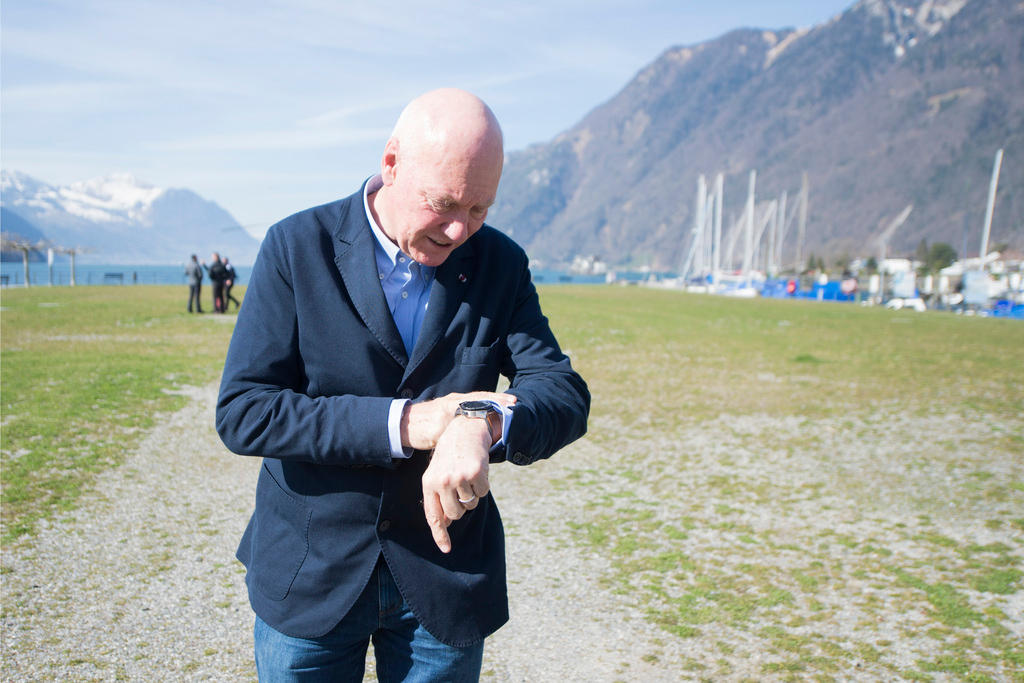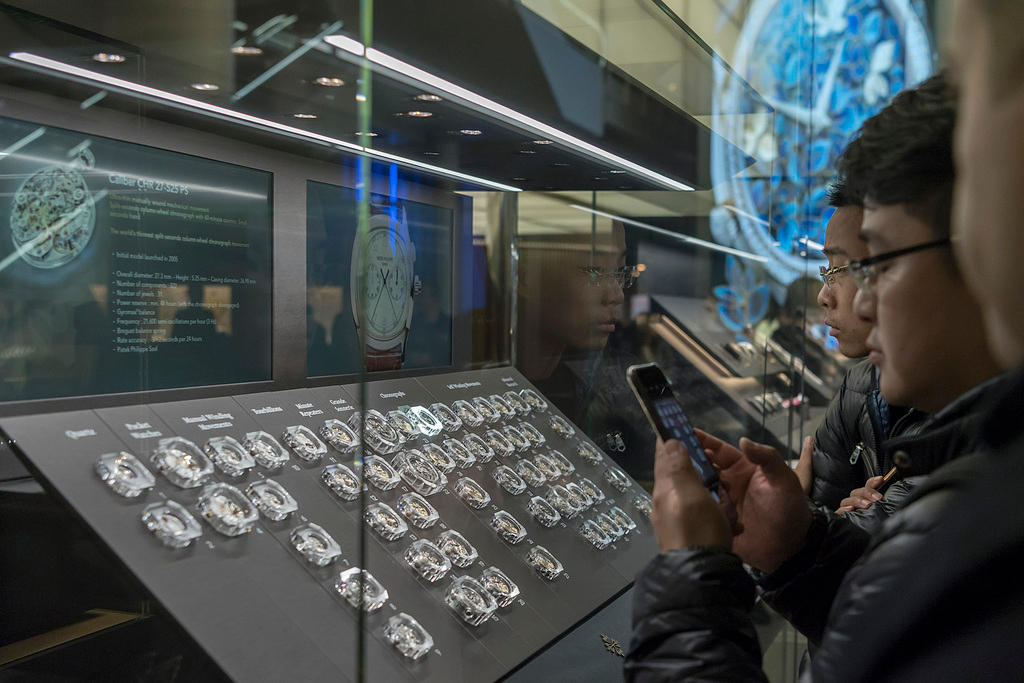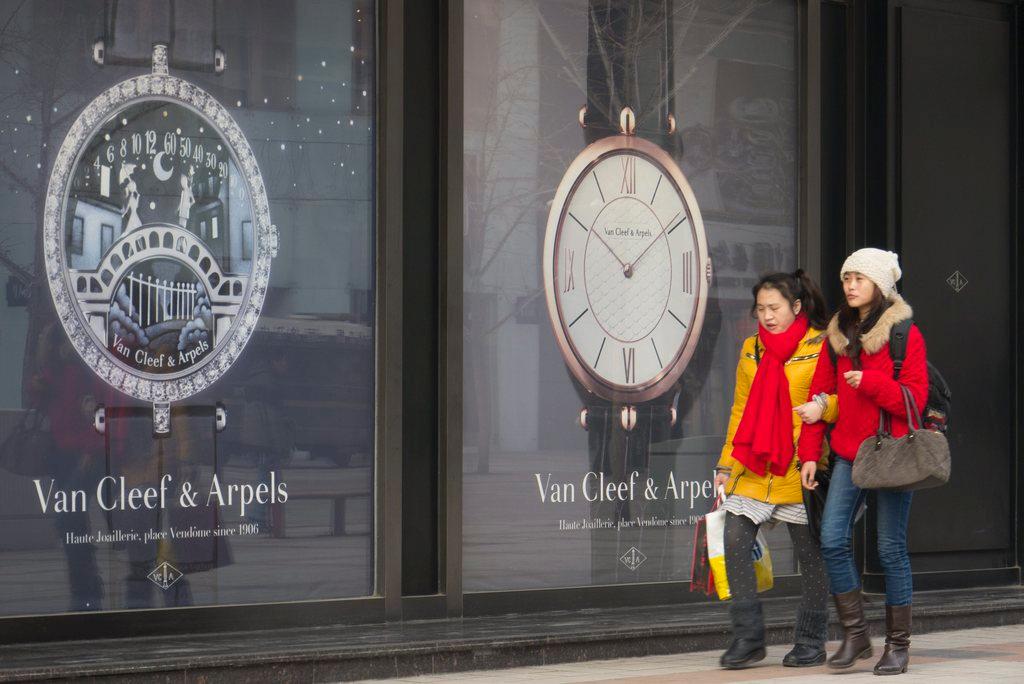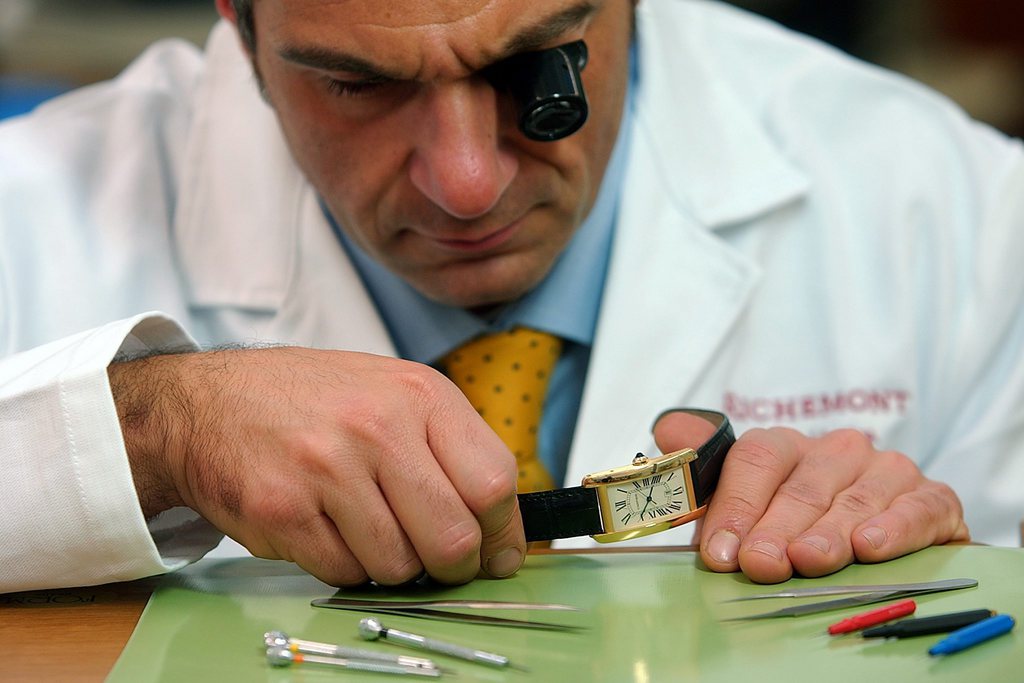Jean-Claude Biver: shrewd timing helped face down crisis

In a boardroom on a boat moored off Geneva’s Quai du Mont-Blanc, Jean-Claude Biver is explaining his first success in business, furiously thumping the table to punctuate his words.
In the early 1980s, the luxury Swiss watch industry faced a near-existential crisis: Japanese manufacturers had threatened to render mechanical watches obsolete by introducing cheap, more accurate quartz models, and sales told accordingly.
Swatch’s founder, Nicolas Hayek, played the Japanese at their own game, launching Swiss-made $50 plastic quartz watches in every colour. But Biver played the contrarian.

More
Financial Times
External linkIn 1981, he had just bought the rights to Blancpain, a defunct Swiss mechanical brand. He took out an advertising campaign with a provocative tagline, which he delivers with gusto: “Since 1735 there has never been a Blancpain quartz watch” – thump! – “and there will never” – thump! – “be one!”
Everybody wondered, he says, if he was crazy, but his strategy resuscitated Blancpain and he sold it to the Swatch Group a decade later for CHF60 million ($80 million in today’s money).
This outspoken and counterintuitive approach is anathema in the rarefied world of the Swiss watch industry, where discretion and precision reigns. Most brands advertise themselves as heirs to a slow and subtle tradition of mechanical master watchmakers. Prices in the hundreds of thousands of Swiss francs are justified by a reverence for the craft.
‘Whoever can spend $1,000 on an Apple Watch could also spend $1,000 on a TAG Heuer watch’ Jean-Claude Biver
But subtle reverence has never been Biver’s habit. It is his boldness that has helped him to build strategies for surviving crises – not just once but again and again. Now 68, he is chief executive of TAG Heuer, the luxury watchmaker pitched at a younger, sportier crowd. He also leads LVMH’s watchmaking division, and is still unafraid of upsetting people.
This includes LVMH executives who have not agreed with his strategies. But throughout the second great crisis of his career – the luxury watch industry’s downturn of 2015-16, in part caused by the launch of another, cheaper innovation, the Apple Watch – he has once again focused solely on his vision.
Triple crisis
After selling Blancpain, he became bored without a job, so he phoned Hayek, who put him in charge of reviving Omega, the Swiss luxury brand owned by Swatch. He tripled sales by positioning the brand as the choice of James Bond, then he moved to Hublot, another luxury watchmaker in need of a dynamite turnaround, as chief executive.
There he combined a bright, almost gaudy, aesthetic with Swiss mechanical know-how, rejecting the industry’s broad subtlety. In 2008, he and the brand’s founder sold it to LVMH for an undisclosed amount.
Then came a triple crisis after he became chief executive at TAG Heuer in 2014. In China, as part of a general anti-corruption clampdown, the government restricted “gifting”, which often involved businesspeople bestowing expensive watches on dignitaries and functionaries. The move sent sales falling 25% in Hong Kong in 2016 alone.
Terrorism in Europe put off tourists, pushing exports to France down 20%. Then in mid-2015 Apple launched its smartwatch, which has sold 33 million units by the estimate of market intelligence service Asymco. Swiss watch exports fell from about CHF22 billion in 2014 to CHF19.4 billion in 2016.

More
Swiss watchmakers play long game as smartwatch sales slow
Biver insists he saw Apple’s digital disruption as an opportunity. “We had a structural crisis in the 1970s which was quartz, and quartz made our products obsolete,” he says. “The [second] crisis that we just went through didn’t make our products obsolete; it was just that the customer didn’t buy.”
He fought back in two ways: by marketing TAG heavily and unashamedly, ploughing money into adverts in print, online and through events and social media, just as his rivals pulled back. And he was quick off the mark with TAG’s riposte to the Apple Watch, the Connected watch, which he launched in 2015 and whose global sales he monitors on his phone.
Marketing strategy
Many Swiss watch brands at the time shunned the idea of producing smartwatches, but Biver was convinced that facing the enemy head-on would work. “Whoever can spend $1,000 on an Apple Watch could also spend $1,000 on a TAG Heuer watch. “If he wants a smartwatch and TAG Heuer has no smartwatch, he will buy the smartwatch he can find, which is the Apple.”
His targets were more modest than Apple’s: he is pleased with 70,000 sales of the Connected watch, starting at £1,000 (CHF1,300), since April 2017. That, he says, is a significant number of new customers.
Another tactic was to try to attract teenagers, a future generation of TAG Heuer customers, to make them aware of the world beyond smartwatches. He hired Alec Monopoly, a street artist with a youthful following, as a brand ambassador. His marketing director, in Biver’s telling, took it badly: “He said, ‘You are stupid, this is totally wrong, we must concentrate on the people who can buy!’” Shortly afterwards the marketing director left the company.
LVMH does not break down sales by brand, but its watches and jewellery group’s revenues increased during this period of turmoil, from €3.3 billion (CHF3.8 billion) in 2015 to €3.8 billion last year. TAG grew its market share in 2016, though it did not disclose the proportion.
Where did Biver’s single-mindedness come from? When he and his younger brother were at Swiss boarding school, far from their home in Luxembourg, he says he protected his sibling from bullies, and if this did not make him a leader, he says, it at least taught him how to lead. The rest, he asserts, is hereditary.
Spreadsheets and study can make you competent, he implies, but never visionary. There are plenty of passionate but bad visions, he says, and there is no point in being a visionary without timing: too early or too late and the market is not ready.
In fact, Biver points to Apple as an example of measuring the success of visionary leadership: to have groomed competent heirs. “This is the only way to judge management: wait until the guy dies, wait five years, and see where the company is.”
Copyright The Financial Times Limited 2018

In compliance with the JTI standards
More: SWI swissinfo.ch certified by the Journalism Trust Initiative


You can find an overview of ongoing debates with our journalists here. Please join us!
If you want to start a conversation about a topic raised in this article or want to report factual errors, email us at english@swissinfo.ch.